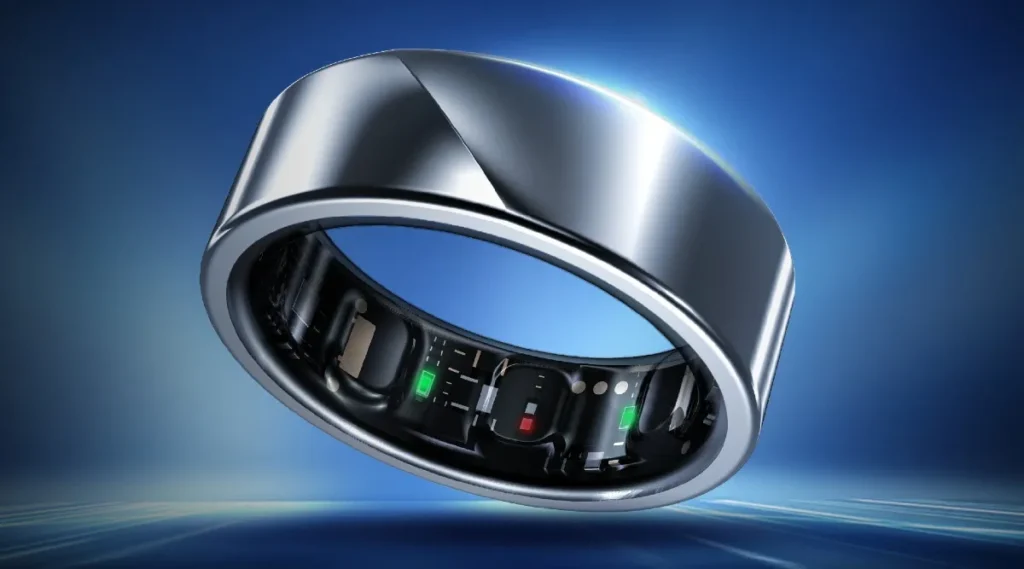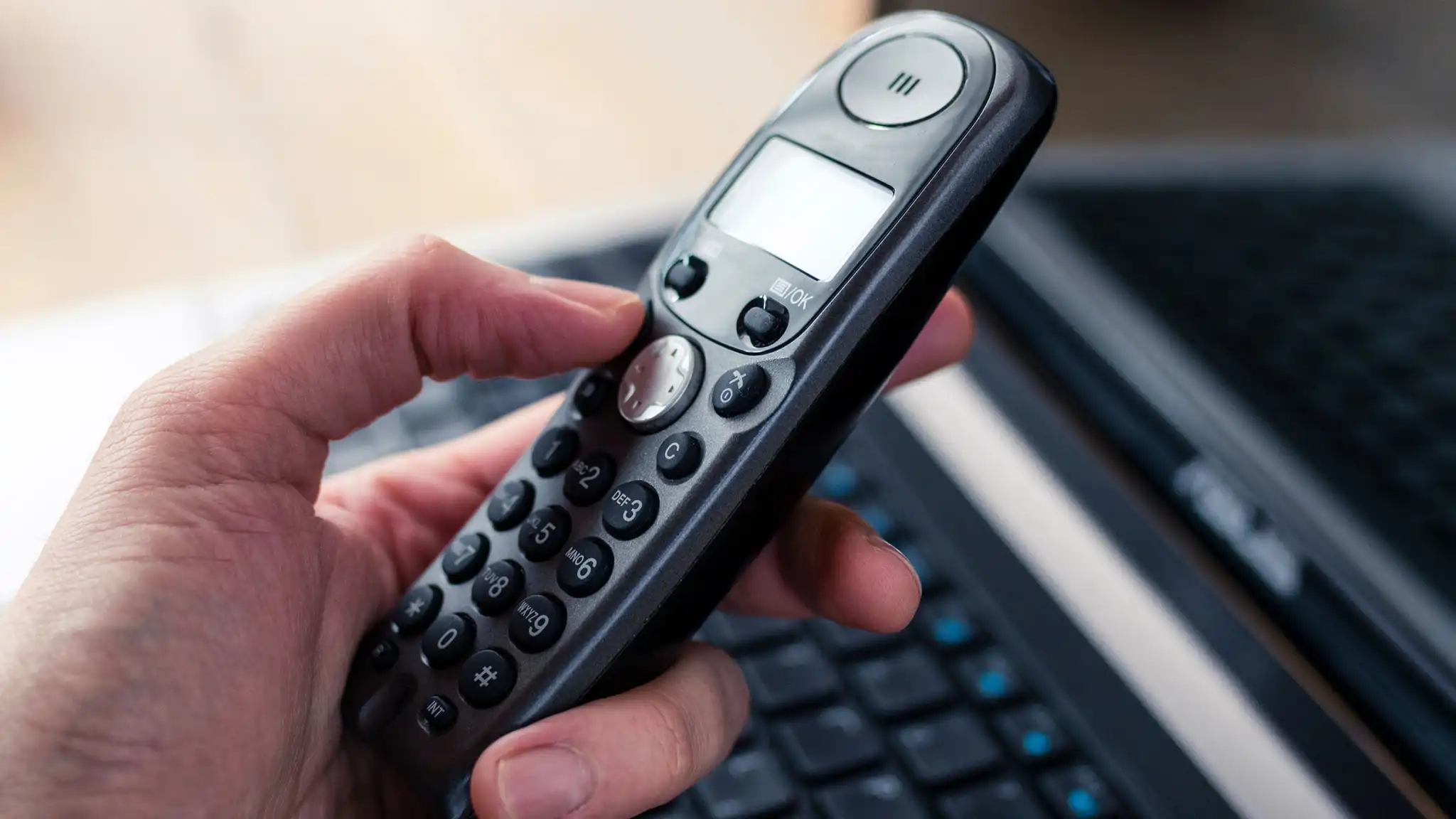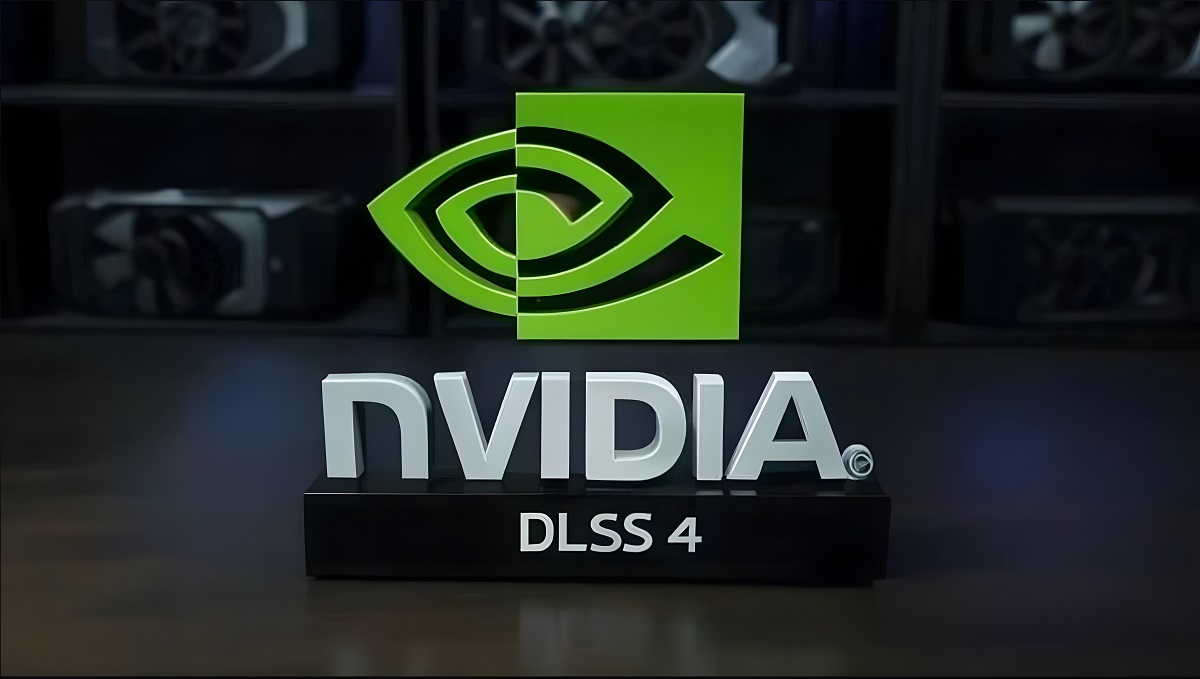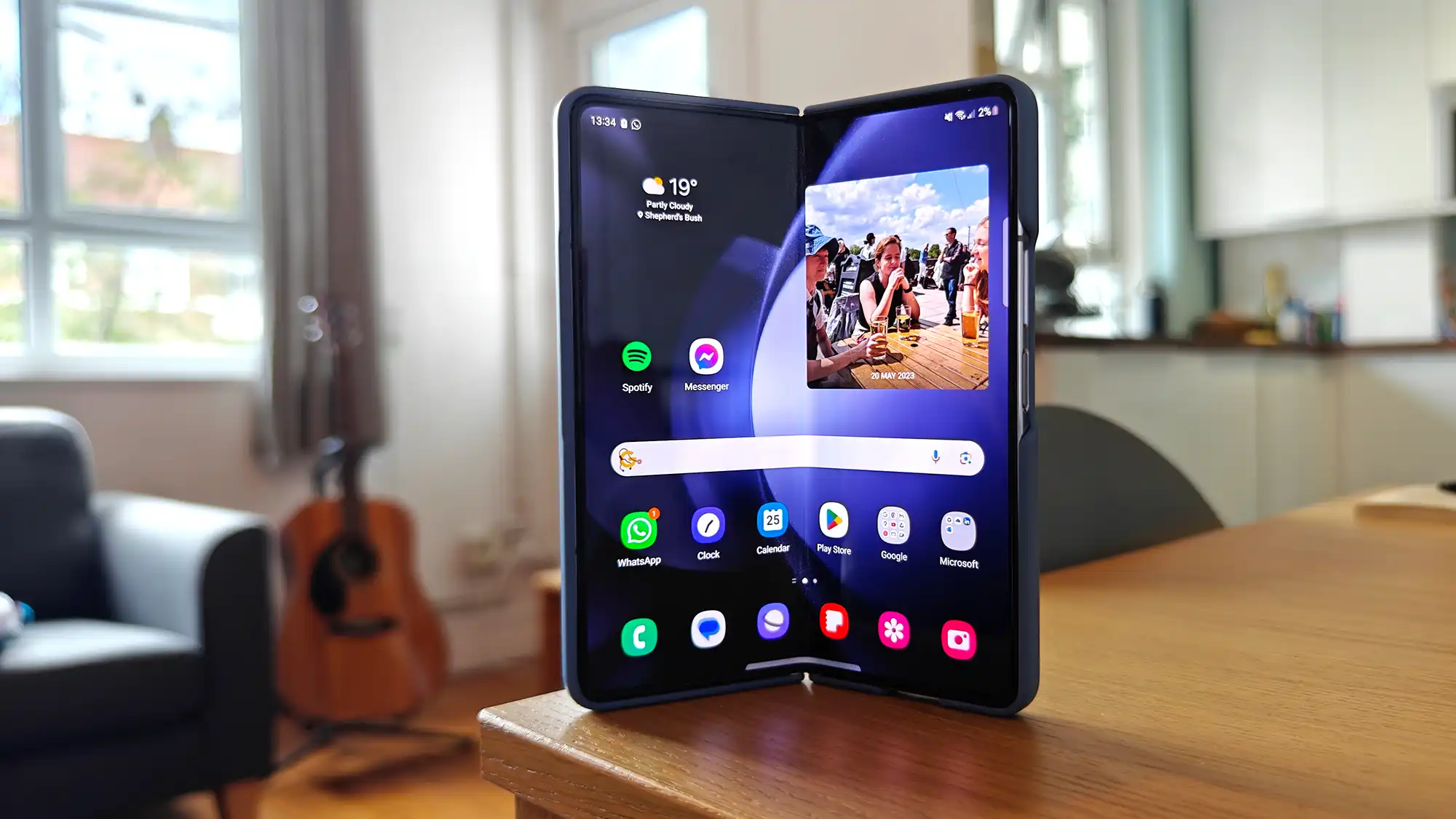
The realm of wearable technology has undergone a remarkable metamorphosis since the era of rudimentary fitness trackers from Fitbit, Jawbone, and Nike dominated the scene in 2013. Fast forward more than a decade later to 2024, and the landscape looks drastically different, thanks in part to the groundbreaking iOS 17 update.
Gone are the days of simplistic, screen-free fitness bands that adorned our wrists long before the advent of the Apple Watch. Many of the early players that once dominated the fitness tracking market have either transitioned their focus to smartwatches, been acquired by larger conglomerates with a vested interest in smartwatch technology, or exited the wearables market altogether. In their wake, a new breed of fitness bands has emerged, one that embraces the qualities of smartwatches, boasting vibrant screens capable of displaying incoming notifications, calls, and alerts.
But what if I told you that the era of simplicity in fitness trackers is on the cusp of a resurgence?
In the year 2024, there is a burgeoning interest in sleek health-tracking devices that eschew screens altogether, and they come in a diminutive yet powerful form: smart rings. Samsung made waves in January and once again at Mobile World Congress with the unveiling of its Galaxy Ring, a revolutionary device designed to monitor activity, health, and sleep, set to launch later this year. This development serves as a compelling indication of the growing appeal of a device that primarily functions as a standalone health tracker, a departure from the multifunctionality of today’s smartwatches, which can serve as miniature phones or even digital car keys.
While Samsung may be among the first household names to officially embrace the smart ring concept, it’s worth noting that they are not the pioneers in this arena. Early entrants like Oura have paved the way for this burgeoning trend, with reports suggesting that other industry giants like Apple are also exploring the possibility of introducing their own smart ring offerings. With Chinese tech maker Honor reportedly in the midst of developing a smart ring of its own, the stage is set for a revolution in wearable health technology.
At first glance, smart rings and traditional fitness bands may appear to serve similar functions. Both aim to deliver vital metrics about your activity, sleep, and overall well-being. Devices like the Oura Ring, Evie Ring, and Ultrahuman Ring Air offer comprehensive insights into various aspects of your health, ranging from readiness scores to menstrual cycle tracking.
The Oura Ring, for instance, analyzes your sleep patterns and activity levels to provide personalized recommendations for optimizing your daily routines. Similarly, the Evie Ring caters to the unique health needs of women, offering insights into sleep quality, blood oxygen levels, and heart rate, in addition to menstrual cycle tracking. Meanwhile, the Ultrahuman Air leverages advanced sensors to monitor bodily signals and sleep patterns, providing users with actionable health tips and insights.
Samsung’s upcoming Galaxy Ring appears to follow suit, boasting features such as the My Vitality Score, which aggregates multiple metrics to offer holistic insights into your current health status based on factors like sleep quality and activity levels.
But what sets smart rings apart from their wristband counterparts is their minimalist design and focus on discreet health monitoring. Unlike today’s smartwatches, which often feature bright, colorful touchscreens and a plethora of smart features, smart rings blend seamlessly into everyday attire, much like the understated fitness bands of yesteryear. While they may appear slightly bulkier than traditional rings, smart rings generally resemble ordinary pieces of jewelry, making them an attractive option for health-conscious individuals seeking a blend of style and functionality.
This aesthetic similarity to early fitness straps such as the Jawbone Up and Misfit Shine is not merely coincidental. Like today’s smart rings, these pioneering fitness bands were characterized by their display-free, unobtrusive design, with a primary focus on fitness and sleep tracking.
However, while there are undeniable parallels between smart rings and fitness bands, there are also key differences that set them apart. Modern smart rings boast advanced features that were once unheard of in budget-friendly fitness bands, such as temperature monitoring and blood oxygen level tracking. As a result, smart rings tend to cater to a slightly different audience, one that prioritizes passive health monitoring over active exercise logging.
According to Thomas Husson, vice president and analyst at market research firm Forrester, smart rings appeal to individuals who are more digitally savvy and attuned to their health metrics. Unlike traditional fitness bands, which are primarily concerned with logging workouts and providing basic activity tracking, smart rings offer a more holistic approach to health monitoring, encompassing a wider range of vital metrics and insights.
While it’s true that some modern fitness bands also offer displays and smart features, the primary focus remains on fitness tracking, with additional features serving as supplementary enhancements. In contrast, smart rings are designed to seamlessly integrate into everyday life, offering discreet health monitoring without compromising on style or functionality.
Furthermore, there is a notable difference in pricing between smart rings and fitness bands. While fitness bands are generally seen as a budget-friendly alternative to smartwatches, smart rings often command a higher price tag, placing them in a similar price range to certain smartwatches. For example, the Oura Ring starts at $299, while the Evie Ring retails for $269. This pricing parity underscores the premium nature of smart rings and positions them as a luxury wellness accessory rather than a budget fitness tracker.
Despite these differences, one cannot ignore the striking parallels between the smart ring market of today and the fitness band market of yesteryear. Just as early fitness bands from niche brands like Jawbone, Misfit, and Fitbit paved the way for the wearables revolution, today’s smart rings are poised to redefine how we approach personal health in the digital age. With industry giants like Samsung officially entering the smart ring race, the stage is set for a seismic shift in the wearables market.
In conclusion, while fitness bands may have served as the catalyst for the wearables craze a decade ago, their relevance has since been overshadowed by the rise of smartwatches. According to market research firm Canalys, shipments of basic bands are expected to decline to just 12% by 2027, as consumers increasingly gravitate towards cheaper watches and smartwatches.
Ramon Llamas, research director at the International Data Corporation, confirms this trend, noting a significant decline in fitness band sales in recent years. While fitness band shipments in the US peaked at around 14 million units in 2015, they have since dwindled to just two to 2.5 million units, according to Llamas.
The shift towards smartwatches as the preferred wrist-worn gadget is driven by consumer demand for multifunctional devices that offer a wide range of features beyond basic fitness tracking. As technology continues to evolve, smartwatches have evolved from simple activity trackers to sophisticated digital assistants capable of controlling music, managing notifications, and even accessing smart home devices.
Despite the dominance of smartwatches in the wearables market, there is still hope for smart rings to carve out a niche of their own. The growing interest in health and wellness, coupled with advancements in wearable technology, presents a unique opportunity for smart rings to thrive. In a market valued at $480 billion and growing by 5% to 10% annually, according to a report by McKinsey & Company, the potential for smart rings to capture a significant share of the wellness market is immense.
Ultimately, while fitness trackers may have paved the way for the wearables revolution, smart rings are poised to lead the charge in the next phase of wearable technology. As consumers increasingly prioritize health and wellness, smart rings offer a compelling blend of style, functionality, and advanced health monitoring capabilities. With the wearables market in a state of flux, one thing is clear: smart rings are on the brink of a major breakthrough, and fitness trackers have left a significant void for them to fill.




